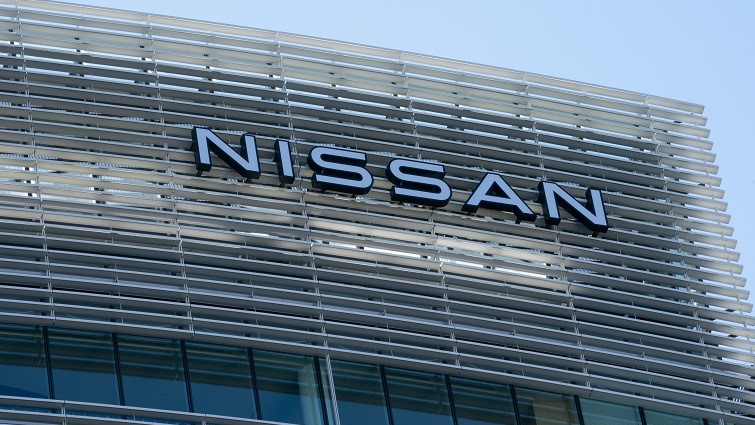The biggest challenge to the popular adoption of EVs is the high cost of procurement of the same, the main cause being the expensive batteries used in these vehicles. To counter this, the manufacturers have been shifting towards an innovative manufacturing process called gigacasting which can cut down the total cost of manufacturing, time of manufacturing and also uses lightweight material in their vehicles for EVs.
In its supply chain, Nissan is to implement gigacasting technology similar to what Tesla is using and what Toyota, Hyundai and Ford are planning to implement. Nissan intends to bring down the cost of EV by 10% and the weight of vehicles that it manufactures by 20%. The company intends to launch EV using this approach by around 2027 and the new production processes are expected to reduce overall cost by 30 percent which can translate to as high as USD 1 billion for the cost of developing five new models in the future.
Some of the most significant changes include, gigacasting; this technology was first implemented by Tesla whereby instead of the traditional smaller casting machines that have numerous smaller casting molds of sections to be welded together, giant casting machines cast large molds of a single part of the vehicle’s structure. Different from joining many small components, this process creates large chunks of the car formation, for instance, the rear or front part of the car. This measures the number of parts, brings cost down, keep complexity of assembly low, and at the same time makes the vehicles light.
Future Nissan EVs also like the Model Y from Tesla and the Cybertruck Model will also adopt the use of gigapresses to build the rear underbody. At the moment, this part can be made of up to 100 elements which will be combined into a single large element using casting presses made up of 6000 ton aluminum. While these presses are not as massive as Tesla’s 9,000-ton presses custom-made by the Italian manufacturer IDRA, they are significantly bigger than Toyota’s 4,000 ton presses.
However, gigacasting comes with challenges, including the high initial cost of these complex machines and the difficulty of integrating aluminum modules with steel parts in an EV’s structure. Welding steel and aluminum together is problematic, so Nissan will employ alternative fastening methods such as self-piercing rivets and drill screw technologies, as reported.
Nissan is targeting to have fully battery-powered cars make up 40% of its overall sales by 2031. This initiative includes the next-generation Leaf, expected to be available in 2025, with production planned in Japan and possibly at a revamped Sunderland plant in the U.K. Additionally, Nissan plans to revive interest in sedans, having showcased two EV concepts at the Beijing Auto Show this year.



